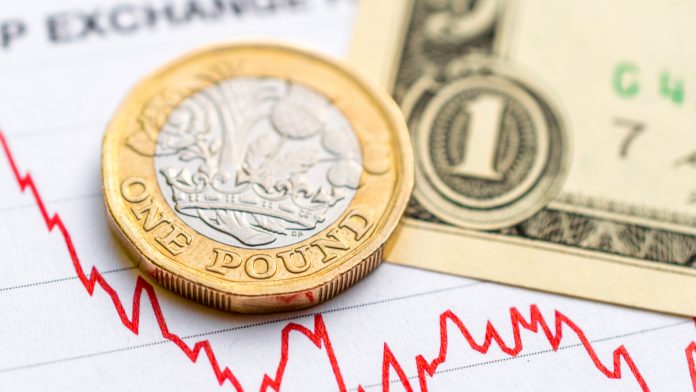- Pound (GBP) rises after losses yesterday
- CPI is expected to ease modestly
- Euro (EUR) rose after encouraging German economic sentiment data
- Eurozone industrial production data is due
The Pound Euro (GBP/EUR) exchange rate is rising, paring losses from the previous session. The pair fell -0.2% yesterday, settling at €1.1617 after trading in a range between €1.1592 – €1.1683. At 06:25 UTC, GBP/EUR trades flat at 0.09% at €1.1628.
The pound edged lower against the euro in the previous session but rallied against the US dollar following the release of UK jobs data. The unemployment rate ticked higher to 3.7%, up from 3.6%. However, the focus was on UK wage growth which accelerated to 6.1% over the three months to October up from 5.8%. The jump in wages reflects the labour market shortages that continue despite the ongoing cost of living crisis
This was the largest jump in wages on record outside of the pandemic, which will unnerve the Bank of England amid fears that inflation is becoming entrenched in the economy.
Attention now turns towards UK inflation data which is expected to show a slight cooling in inflation to 10.9% year on year in November, down from 11.1%. Core inflation which strips out more volatile items such as food and fuel is expected to hold steady at 6.5%.
The UK it’s not seeing signs that peak inflation is passing, which is more evident in the US and in the EU. As a result, the Bank of England could be forced to keep hiking interest rates aggressively even as the UK tips into recession.
The euro pushed higher yesterday after German inflation data confirmed the preliminary reading of 10.3% and after data showed that German investor morale rebounded firmly in December.
The closely watched German ZEW economic sentiment index rose for a third straight month to 2-23.3, up from -36.7 in November, ahead of forecasts. Hopes that inflation is cooling together with a stabilizing in the energy markets are helping the outlook.
Today eurozone industrial production data will be in focus and is expected to show a contraction of -1.5% MoM





